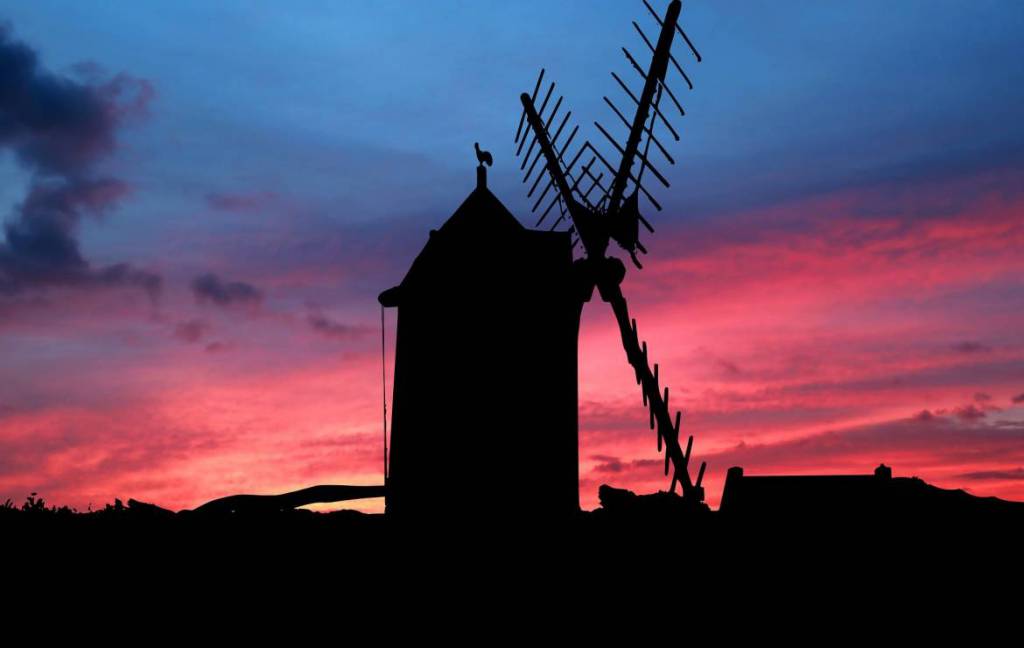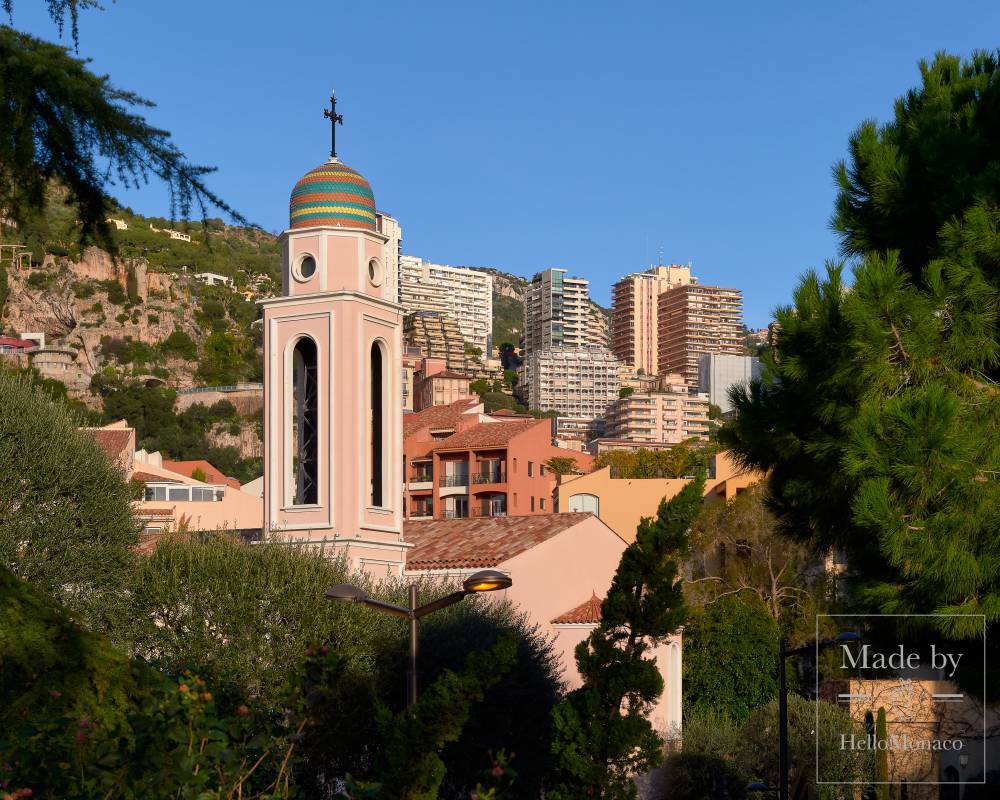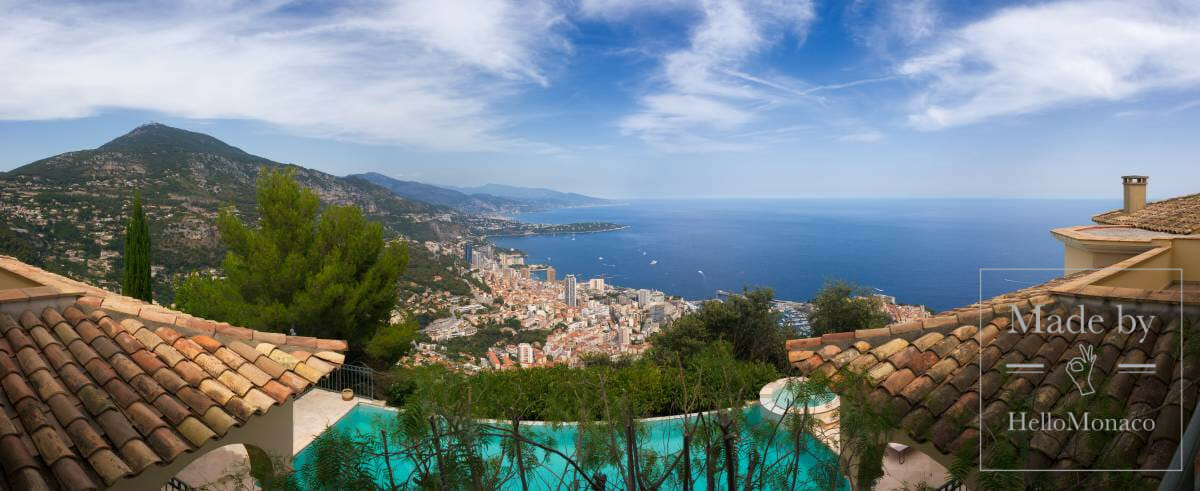The mills that once existed in Monaco, today they are part of history. Only two places in the Principality serve as a reminder of the time when they were one of the pillars of Monaco’s economy. You might easily guess that we are talking about Place des Moulins and Boulevard de Moulins.
In the 18th century you would have encountered about eight mills within the territory of Monaco. All of them were of great importance for Monegasques, since they were used for the production of flour and olive oil.
A century and a half ago, the Principality was making big profits from the export of olive oil and lemons. For example, from 1731 to 1800, more than 2,100 Monegasque ships brought to Marseille about 7 million litres of oil. This activity continued until the beginning of the 20th century.
Imagine that the territory of the Rocher des Spélugues, which is known today as Monte Carlo, at that time had a karst relief (namely rocky ground that has caves and sink-holes below due to underground water dissolving limestone deposits there). And in this area were planted many olive trees. The rough soil surface made this place perfect for growing these trees as there were water pockets below. The olive plantations extended from Ténao to Moneghetti and to Princess Antoinette Park. The mills were run by the communes, and the oil producers had to pay a tax to rent the mills.
It is worth mentioning that the Monegasque olive oil producers had a very good reputation and even excelled at the Exposition Universelle of 1900 in Paris, having won a gold medal for the quality of their products.

Today, olive oil is no longer produced in the Principality. However, it is still an irreplaceable ingredient in the local cuisine. Jeanne Ogier, the famous owner of the Negresco Hotel in Nice, described in her book a meeting between Salvador Dali and the ruling Prince Rainier and his wife Princess Grace. The Spanish artist praised olive oil, emphasizing that it was a symbol of Mediterranean cuisine. And this is just one example of how important olive oil has been for the local culture.
So, how come all the mills disappeared, if the production of olive oil was such an important part of Monaco’s economy?

In fact, the main reasons for their vanishing were the struggle for water and the urbanization of Monaco. Since 1871, the Principality has been in a constant change: new buildings have emerged, gradually supplanting the olive plantations. Now, their place is occupied by the prestigious district of Monte Carlo. As the pace of construction continued, the number of trees decreased further.
Monaco’s Last Mill
The location of the mills might seem obvious: Boulevard des Moulins is surely not named after the mills for no reason! But the truth is the boulevard is not directly related to the mills. Most likely, it simply served as a road leading to the mills situated on the territory of the current district of Fontvieille.
Claude Vaccarezza, lawyer and historian who worked within the government of Monaco, managed to pinpoint the exact location of only one of them – La Marra situated where the Trocadéro residence now stands. The mill disappeared as late as 1961 and was the only one to resist the urbanization.

La Marra was a double mill. The upper floor was used for grinding flour, the lower level was intended for oil production. As Chairman of the National Committee of Monegasque Traditions, Claude Vaccarezza has repeatedly raised the issue of the mill’s reconstruction, since its main functioning parts have been preserved. Today, you can find them in the garden next to the Saint-Nicolas Church (Eglise Saint-Nicolas). There you can see the remains which include a millstone and a stone trough for draining oil.
This is practically the only trace of the mills that is left in the Principality. You can also find several photos in the underground passage at Place des Moulins as you approach the elevator.
Apparently, the issue of preserving this heritage is still being raised by some members of the government. Perhaps, in the future Monegasques will be lucky enough to see a fully reconstructed version of La Marra.









